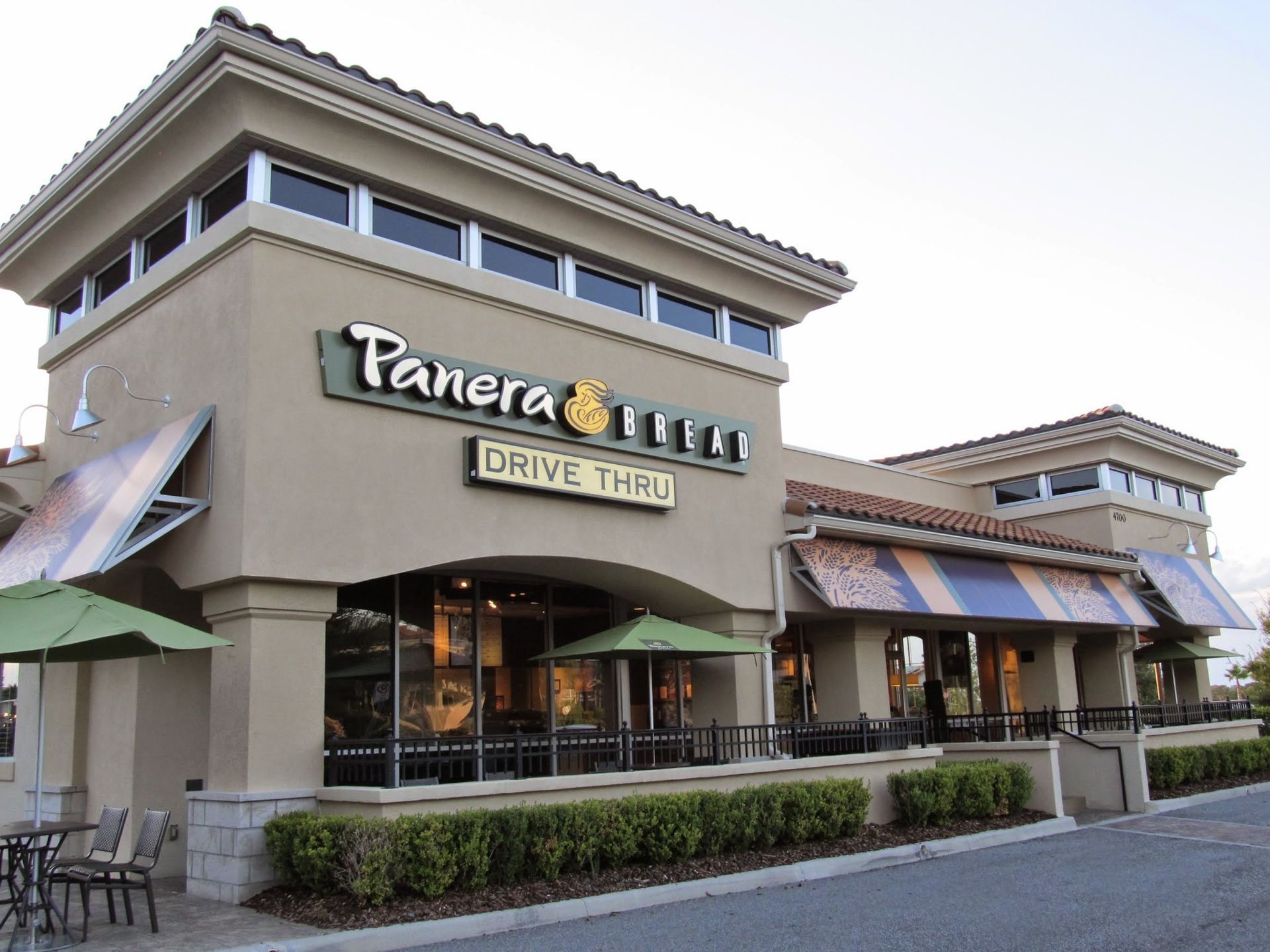3.1 Introduction
Businesses operate within an external macro-environment that affects the likelihood of their overall success or failure. Forces beyond the control of businesses can hinder the growth of a business or perhaps be harnessed to propel it forward. Strategic management requires that these external and competitive forces be evaluated, so that opportunities may be leveraged and threats may be mitigated as strategies are developed to improve the success of the firm.
This chapter will introduce three tools that help firms assess different perspectives of their competitive environment. The PESTEL framework (Political, Economic, Socio-cultural, Environmental/Ecological, and Legal) evaluates the macro-environment through the evaluation of six external forces. The competitive environment of the industry also must be evaluated through Porter’s Five Forces tool. Finally, Strategic Group Mapping helps executives understand how their firm relates to other competitors in the market, and which are their most direct competitors. Once this external analysis is complete, a firm can determine the true strategic issue(s) it faces and can develop strategies to work on strategic issues that move the firm forward toward accomplishing its vision.
Panera Bread: Riding the Trends

Founded in 1981 in Boston, Panera Bread was originally a single shop called the Cookie Jar. The following year, its founder, Ron Shaich, merged with Au Bon Pain, a struggling French Bakery in the US. They began to sell soups and fresh sandwiches, at a time when most lunch options were fast food or sit-down restaurants. Shaich sensed two socio-cultural emerging trends in the 1990’s. One was the movement toward healthy eating. The other was the public’s desire for what would become the “fast casual” restaurant where customers could order at the counter, get their meal quickly, have better food choices than fast food, and dine in an atmosphere conducive to having meetings with friends or business associates. Starbucks helped to stimulate the popularity of the fast casual boom. Shaich sold off Au Bon Pain and focused on building a brand of chain restaurants called Panera Bread.
By 2010 there was a new Panera Bread opening every three days. Staying ahead of the technological forces in the industry, Shaich implemented digital ordering, a loyalty program, and a catering and delivery service. The industry has adopted many of Panera Bread’s innovations. By 2017, it had become one of America’s most successful restaurant chains and had expanded into Canada. Panera now has over 2000 locations, over 100,000 employees, and its stock is one of the best performers in the industry. Shaick was able to take advantage of emerging trends in the US environment to build a very successful business.
References
Kolhatkar, S. (2018, November). The founder of Panera Bread explains the economic forces that led to Trump. The New Yorker. https://www.newyorker.com/business/currency/the-founder-of-panera-bread-explains-the-economic-forces-that-led-to-trump.
Image Credits
Figure 3.1: Miosotis Jade. A Drive-Through Location Windermere FL. CC BY-SA 4.0. Retrieved from https://en.wikipedia.org/wiki/Panera_Bread#/media/File:Panera_Bread.jpg.

